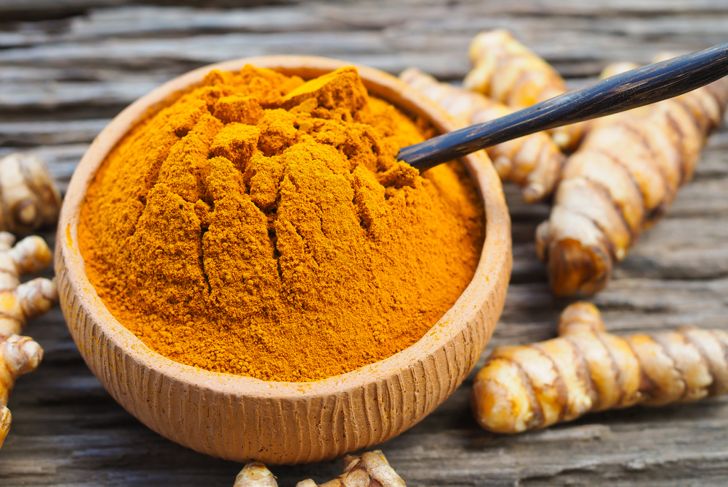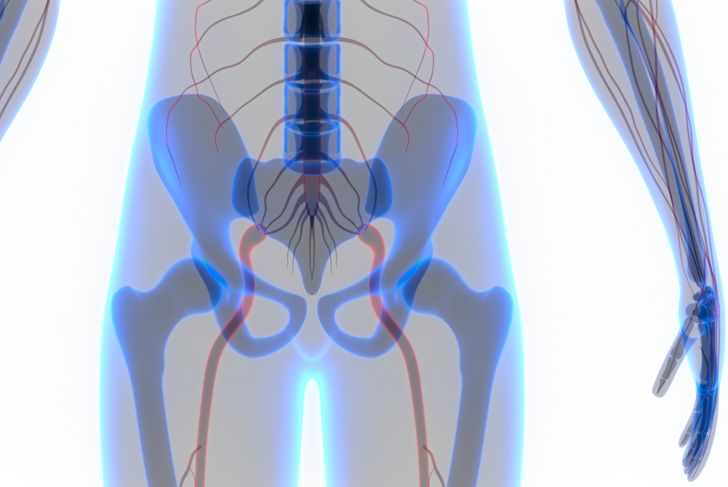The sciatic nerve starts in the lower back and runs through the buttocks and down the backs of the legs. Sciatic pain develops when there is a structural compression of the nerve in the lower back, caused either by injury or degeneration over time. Sciatic pain can be excruciating, but there are options for relief that can alleviate the worst symptoms temporarily or more long-term.
Massage
Massage can ease tension and tightness in muscles and tendons and can decrease painful nerve inflammation by promoting blood circulation. Massaging the buttocks and back of the legs can relieve sciatic nerve tenderness while relaxing any built up tension from the pain of a pinched or stressed sciatic nerve. One massage will give only temporary relief, but regular massages can more substantially relieve pain and promote muscle and nerve relaxation. Massages that address these issues can be painful, but having a warm bath afterward can help.
Hot and Cold
Hot and cold compresses applied in tandem can help ease the sciatic pain. Heat relaxes muscles that may be pressing on the nerve but should be administered regularly for relief. Cold reduces swelling around the compressed nerve and can help numb the pain. Ice packs should be placed on the area for no more than 20 minutes, several times throughout the day.
Acupuncture
The ancient practice of acupuncture helps lessen muscle spasms caused by sciatica. Treatments encourage blood flow and circulation and are considered a safe and gentle pain management option. While acupuncture cannot heal the issues of the lower back that cause sciatica, it has an excellent safety profile and can be beneficial for pain relief. The practitioner will place the acupuncture needles in specific positions along the legs and forearm. This placement targets the lower back, relieving muscle tension, increasing blood flow, and promoting relaxation around the lower back. The practitioner may also target the sciatic nerve to regulate blood flow along the nerve pathways and relax the muscles.
Epsom Salt Soak
For sciatic nerve pain relief, a hot bath with Epsom salts helps the body relax and recoup by reducing inflammation and increasing circulation. Epsom salts are widely known for their positive effects on the nervous and muscular systems. They contain high amounts of magnesium, which is absorbed through the skin. Ideally, add two cups of Epsom salts to a hot bath and soak for 15 to 20 minutes.
Gentle Exercises
Stretching can do wonders for loosening up tight muscles and tendons. It helps improve sciatic problems by strengthening the core and improving lower back support and flexibility. Any exercises routine, no matter how gentle or intense, needs to start and end with stretches that warm up and cool down the worked muscles. Gentle exercises to prevent lower back pain and strengthen the core are an essential practice in the prevention of sciatic pain and to improve posture, which can exacerbate pain. Physiotherapists can create an individualized exercise program for strengthening, stretching, and aerobic conditioning, which are all important for improving sciatic pain.
Practicing Yoga
For a full-body workout that can range from gentle to more intense, yoga is an excellent choice. Certain poses can release tension and relax muscles all over the body. Performing these postures and stretches safely regularly can help release the sciatic nerve and prevent aggravating it.
Eating Turmeric
Turmeric is one of the best spices for preventing inflammation. Research suggests that the spice decreases nerve pain, and inflammation. Best of all, turmeric can be added to many meals or stirred into milk to make “golden milk.” It can even be applied to the skin. Turmeric is better absorbed when combined with black pepper or ginger.Cayenne pepper is another good option. The spice contains capsaicin, which is the active ingredient in some over-the-counter creams recommended for pain and inflammation. Other herbs such as devil’s claw, mullein root, white willow bark, and valerian root also offer anti-inflammatory benefits.
Painkillers
Over-the-counter painkillers can work for quick relief of sciatic pain. Some are designed especially to quickly relieve pain and decrease muscle tension, eliminating inflammation around the nerves and thus easing sciatic pain. Because these medications should not be taken over the long term, however, they should not be considered a regular treatment.
Essential Oils
Topically applied, essential oils can ease sciatic nerve pressure. The distillation process used to extract the oils from the plants results in a highly concentrated formula. As such, experts recommend mixing the oils with a carrier oil like olive or coconut oil to dilute them before applying them to the skin. For inflammation, many people find chamomile useful, while sage can relieve pain and peppermint can cool and soothe. Always test a small area of skin before applying an oil to a larger surface, to ensure no adverse reaction.
Prescription Medications
If a doctor prescribes medication for sciatic pain, it will likely include a muscle relaxant and painkiller of a higher dose than available off the pharmacy shelf. Some medications for this condition also contain antidepressants, which encourage the production of endorphins, the body’s natural painkillers. The type and dosage the doctor prescribes will depend on the severity of the sciatic pain the patient is experiencing.

 Home
Home Health
Health Diet & Nutrition
Diet & Nutrition Living Well
Living Well More
More




















